When does honeysuckle begin to bear fruit and how long does it take to bear fruit?
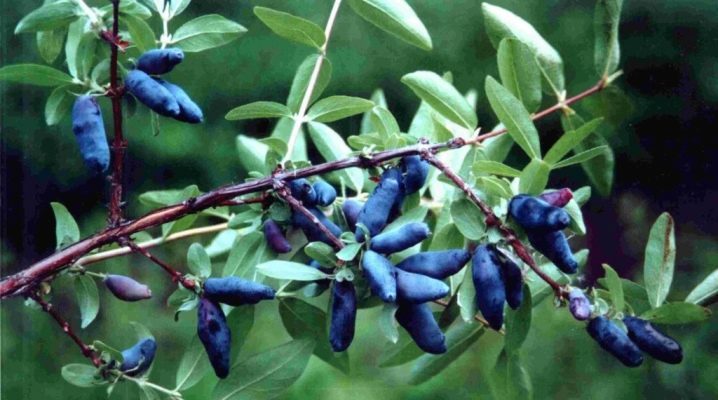
Many gardeners like to grow honeysuckle. This plant pleases the owners of the site not only with a beautiful color, but also with fruits with an unusual taste. When planning to plant it on your site, it is important to learn everything about the fruiting of the bush.
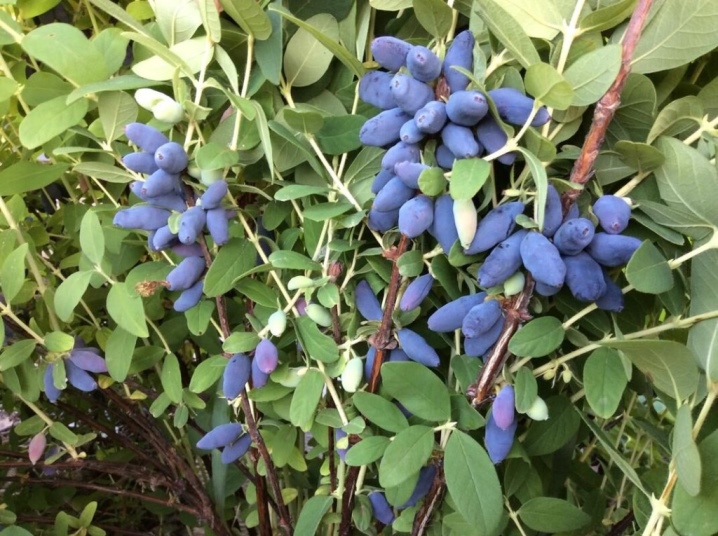
Influencing factors
The timing of the onset of fruiting of honeysuckle depends on several factors at once.
-
Features of care. If the plant does not receive enough fertilizer, grows in too dry soil or in the shade, it will be late to bear fruit. Improper care can also cause the fruit to be small and tasteless. In order for the plant to bear fruit well, it is important to know all the features of the selected variety before planting honeysuckle. The necessary information can be obtained from the nursery when purchasing seedlings.
-
Climate... The flowering time of honeysuckle also depends on how warm the spring is in the region. The sooner the optimum temperature is set, the faster the bushes begin to bloom in the garden.
-
Soil selection. Honeysuckle is considered an unpretentious plant. But in order for it to bear fruit well, it should be planted in fertile soil. Experienced gardeners recommend planting honeysuckle in an area where green manure has grown before.
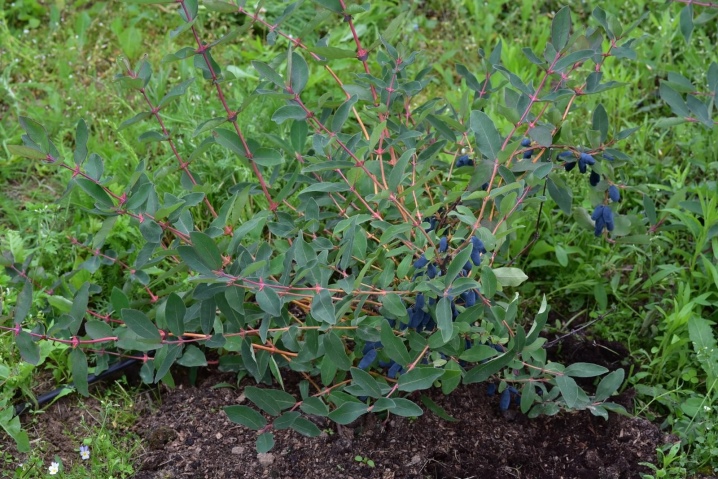
When choosing plants for their site, gardeners should take into account their flowering and fruiting dates. Some varieties begin to ripen at the very beginning of summer. Others bear fruit only at the end of August.
Experienced gardeners suggest paying attention to the popular varieties of honeysuckle.
-
"Long-fruited". This is an early maturing honeysuckle with delicious sweet and sour fruits. The berries that grow on the bush are elongated and rich in color. They appear on the branches at the end of May.
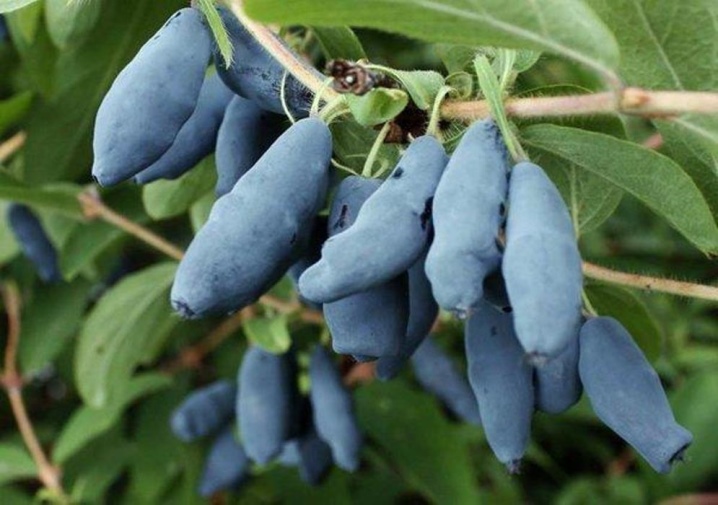
- "Mascot". This variety of honeysuckle is a high-yielding variety. Berries appear on it around the middle of summer. The tasty fruit is usually used to make jams.
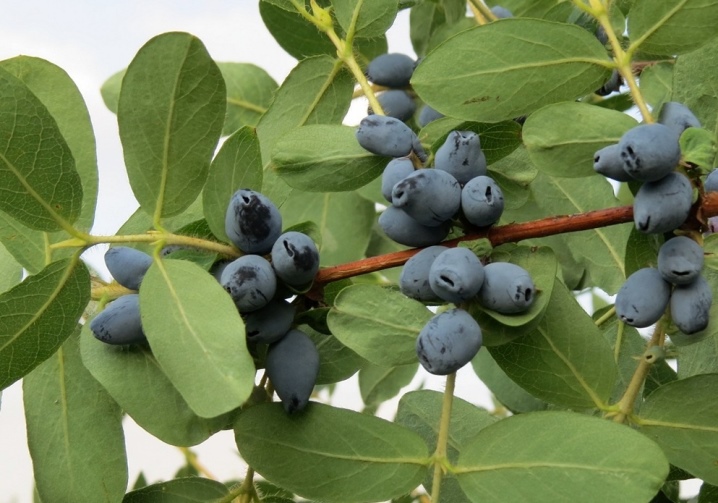
- "Cinderella". This is another mid-season variety. It is very popular among gardeners, because its berries taste like strawberries. You can eat honeysuckle fruits both fresh and canned.
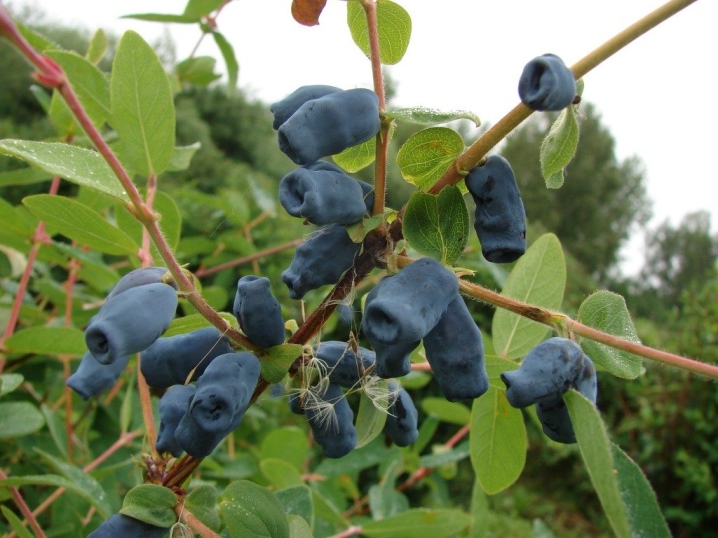
- "Volkhova"... The variety is early. It is unpretentious and well suited for the middle lane. The berries of such a honeysuckle are large. They taste like strawberries.
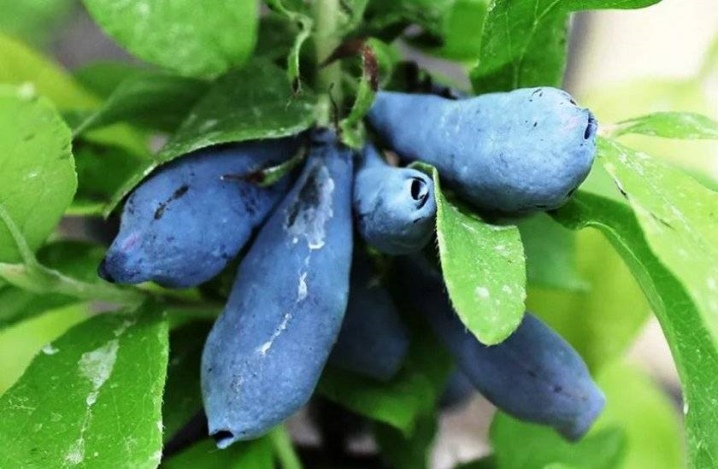
- "Nymph". This is mid-season honeysuckle. It bears fruit in the second half of June. From adult bushes, you can easily collect 2-3 kilograms of sweet and tasty fruits.
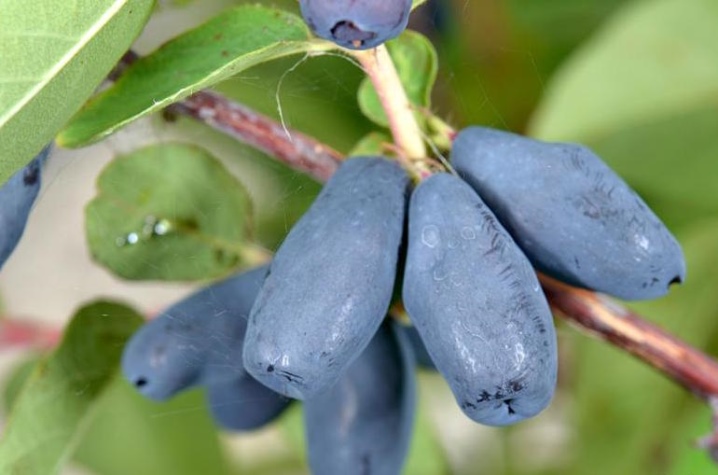
- "Blue Spindle". Such honeysuckle begins to bear fruit very early. In the middle lane, the fruits ripen in early June, in the south - in May. The fruits are large in size. Their taste is sweet. But with a lack of moisture, the berries can taste bitter.
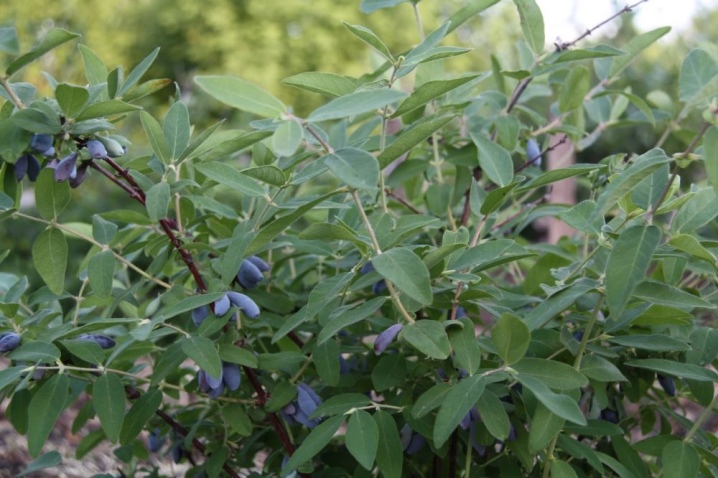
All of these varieties are great for planting in most regions of the country.
What year does it begin to bear fruit?
The fruiting period of honeysuckle depends on which method of plant propagation was chosen. Seedlings usually begin to bear fruit 3-4 years after sowing the seeds.
If cuttings were used for planting, fruits on the bushes may appear as early as next year. The same applies to young seedlings used for planting. They usually bear fruit after a year. But you shouldn't count on a big harvest
It will be possible to collect more than a kilogram of berries from the bush only 6-7 years after planting the cuttings... But in the future, the yield of honeysuckle will actively increase, up to 16-17 years. At the age of 25, the plant usually stops bearing fruit. The upper parts of the bush die off at this time.

In order for the plant to continue to bear fruit, the gardener can carry out anti-aging pruning of the bushes.
Timing of fruiting
In most regions, it is honeysuckle that opens the berry season. This plant blooms either in early May, or in the middle of the last spring month. Soon after flowering, honeysuckle is pollinated.
Fruits on bushes usually appear in June. This happens 3-4 weeks after the beginning of flowering. The fruits also ripen very quickly. It is worth noting that this does not happen overnight. In addition, ripe berries quickly crumble. Therefore, it is important to pick ripe fruits from the bush on time.
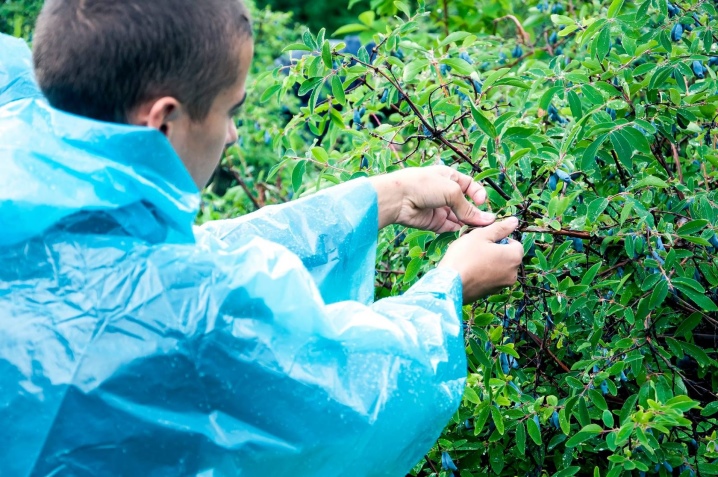
Why is there no fruit and what to do?
Often, gardeners notice that garden honeysuckle ceases to bear fruit. This can happen for several reasons.
-
Lack of sunlight. Honeysuckle is a light-loving plant. Therefore, it is recommended to plant it in well-lit areas. In this case, the gardener will be able to count on the high yield of the plant. In order for honeysuckle to bear fruit well, it should not be planted next to tall trees.
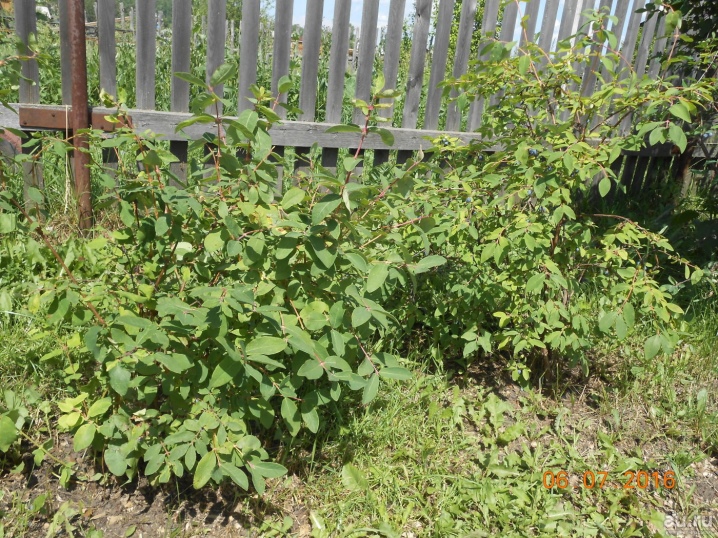
- Lack of moisture... If there are no berries on the bush, this may indicate a lack of moisture in the soil. Particular attention should be paid to watering seedlings in the first half of summer. After all, it is at this time that fruits are tied on the bush. If the summer is hot, the honeysuckle will need to be watered 2-3 times a week. A sufficient amount of water must be poured under each bush.

The soil must be very well moistened.
- Abundance of moisture... Too much watering can also harm a young shrub. If the roots of a plant are constantly wet, they can rot over time. This will lead to the fact that the plant will cease to bloom and bear fruit, and then completely die. To prevent this from happening, the bushes are not watered too often. In addition, they are not recommended to be planted in lowlands, because water usually accumulates there.

- Too much pruning... Unlike most garden plants, honeysuckle does not need early pruning. The latter only delays the fruiting process. Pruning too much can result in the plant not bearing fruit at all this year.
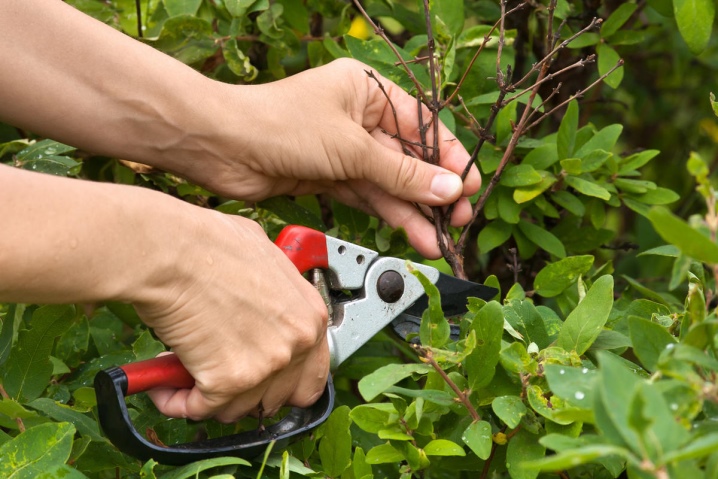
- Cold winter. If the bush has been affected by frost, fruits will not appear on it in the summer either. To prevent this from happening, in the cold regions of the country, plants must be carefully covered. To prevent blooming too early, you need to delay the process of melting snow. To do this, under the honeysuckle in the fall, you need to pour dry sawdust. It will also help to further protect the roots of the plant from frost.
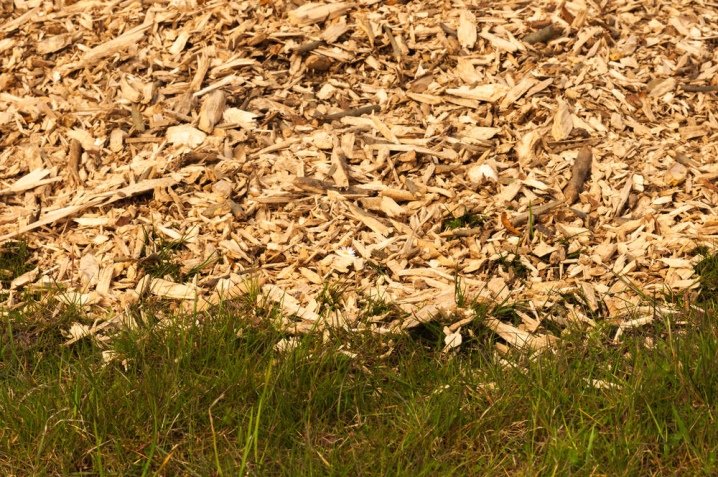
- Lack of pollination... It often happens that a young plant blooms but does not bear fruit. This is usually due to a lack of pollination. To remedy this situation, plant one or two more honeysuckle bushes next to the bush. It may well be a representative of a different sort. If there is such an opportunity, it is better to plant 10-20 honeysuckle bushes in one area at once. They should be located close to each other.
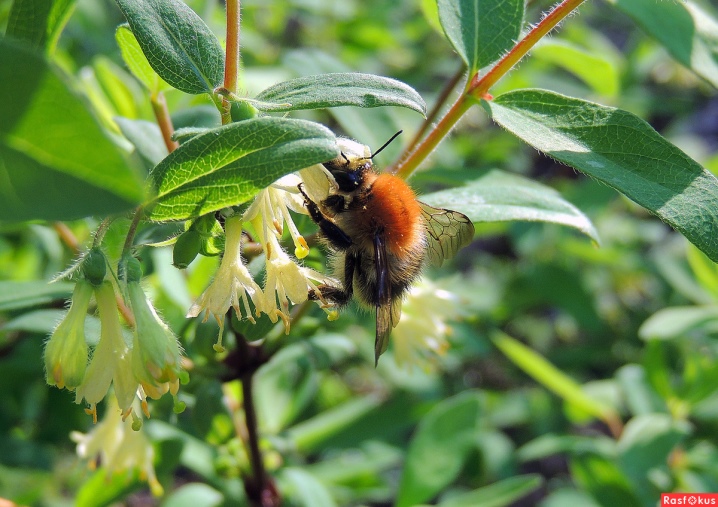
Plants can be sprayed with water with a little sugar to attract bees.
- Diseases... Plants weakened by the disease also do not bear fruit. In order to prevent infection of the bushes, in the spring they are treated with Bordeaux liquid or copper sulfate. If one of the bushes was nevertheless infected, it is recommended to uproot and burn it. This is to prevent the disease from spreading to other plants.
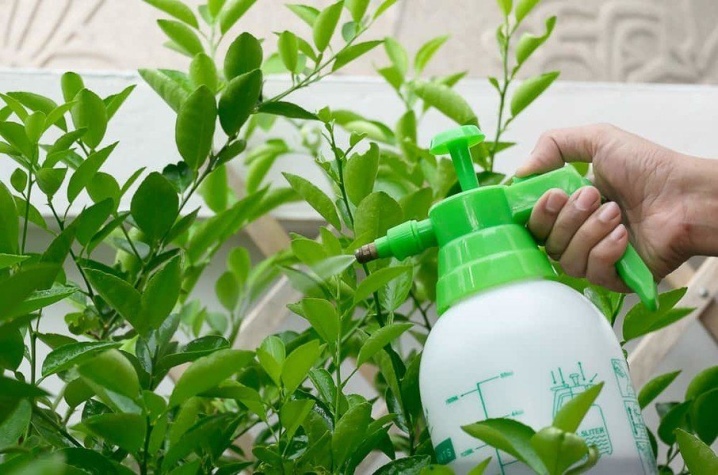
- Lack of nutrients. Edible honeysuckle can produce poor or no fruit without additional feeding. To increase the productivity of the bushes, in the spring they are fed with humus, and in the summer - with mineral phosphorus fertilizers. In autumn, dry wood ash is sprinkled on the soil next to the bushes.
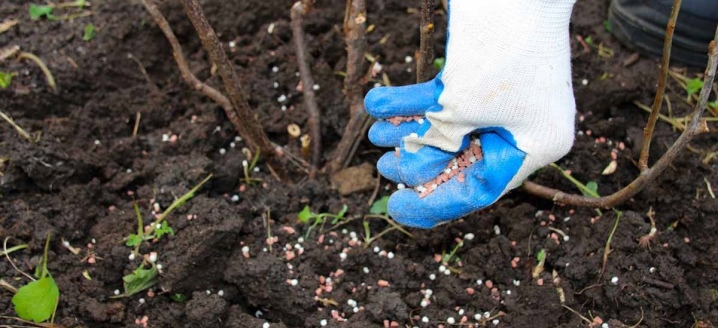
It is also worth remembering that in the first few years after planting, some varieties of honeysuckle do not flower and do not bear fruit. In this case, the gardener can only wait. In addition, some varieties of honeysuckle are decorative. They bloom very beautifully, but no fruit appears on them. In order not to face such a problem, Before buying seedlings, you need to find out if the plant bears fruit.
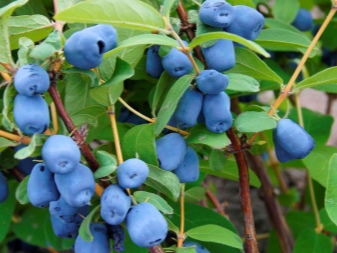
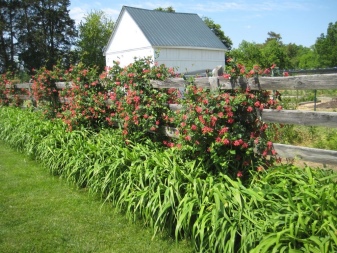
Any gardener can grow fruit-bearing honeysuckle in his area. The main thing is to approach this issue responsibly and pay special attention to the development of a young bush.












The comment was sent successfully.